Author Archive
06.22.2021
News: City of Sacramento Passes Electrification Ordinance
Officials from the City of Sacramento recently gathered at Arch Nexus SAC, to announce an ordinance requiring new homes, low-rise apartment buildings and commercial structures to run entirely on electricity starting in 2023. The City Council approved the ordinance, aiming
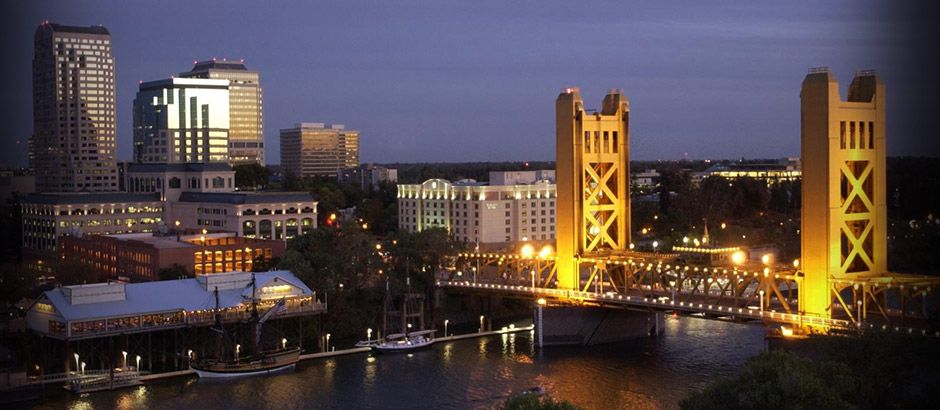
Officials from the City of Sacramento recently gathered at Arch Nexus SAC, to announce an ordinance requiring new homes, low-rise apartment buildings and commercial structures to run entirely on electricity starting in 2023. The City Council approved the ordinance, aiming to reduce greenhouse gas emissions that contribute to climate change.
“We are talking about setting the new standard for building construction in Sacramento,“ said Sacramento Mayor Darrell Steinberg. The setting of the announcement was fitting, as the Arch Nexus SAC office is powered entirely by solar-generated electricity.
For complete details on Sacramento’s plan, visit the City’s new building electrification ordinance webpage. Interested parties can also learn more about electrification efforts nationwide, in this 2020 article from The Sierra Club.
05.27.2021
News: Sacramento Mayor Steinberg Holding Press Conference at Arch Nexus SAC, Major Announcement
The Sacramento City Council is poised to take a major step toward meeting its climate change goals when it votes Tuesday on an ordinance requiring new homes, low-rise apartment buildings and commercial structures to run entirely on electricity starting in 2023.
Mayor Darrell Steinberg

The Sacramento City Council is poised to take a major step toward meeting its climate change goals when it votes Tuesday on an ordinance requiring new homes, low-rise apartment buildings and commercial structures to run entirely on electricity starting in 2023.
Mayor Darrell Steinberg will join the leaders of the Sacramento Municipal Utility District and the Sacramento Metropolitan Air Quality Management District to highlight the benefits of the ordinance. Speakers will also include a representative from the environmental community and an infill developer. The press conference will be held at the Sacramento headquarters of architectural firm Architectural Nexus (Archnexus), the first certified living building in California and one powered entirely by solar-generated electricity. Read more here. Archnexus will offer media tours after the program. Attached to this advisory is a summary of the ordinance and frequently asked questions.
- What: Press conference on electrification ordinance coming to City Council on June 1
- When: 11:30 a.m., Thursday, May 27
- Where: Archnexus building, 930 R St. (in back parking lot, under solar panels)
- Who:
Mayor Darrell Steinberg
Paul Lau, CEO and General Manager, Sacramento Municipal Utility District
Alberto Ayala, Executive Director, Sacramento Metropolitan Air Quality Management District
Kendra Macias Reed, Sacramento City Planning Commissioner and infill developer
Kate Wilkins, environmental scientist and board member of 350 Sac, a local group working to fight climate change
Cheryl McMurtry, Associate, Arch Nexus
Summary of electrification ordinance
Sacramento has some of the worst air quality in the nation. Burning gas in our cars or in our homes not only contributes to dirtier air and ozone, but it exacerbates risk for respiratory disease. Burning gas also creates greenhouse gas emissions that are warming the planet. When new buildings use electricity rather than natural gas, these buildings are not just better for the environment and the health of those living in them, but they are also cheaper in almost every development type. Studies show that residents in these new electric buildings will also save hundreds of dollars in electricity costs. Constructing new buildings to be all-electric takes advantage of the clean power that SMUD produces, maximizing the benefit of SMUD’s commitment to zero-carbon electricity by 2030.
Shifting new buildings to electricity ensures they are clean, affordable, and resilient. This is why building electrification is a key principal for the 2040 General Plan, as committed by the City Council.
By constructing new buildings to use only electric appliances, Sacramento can realize cost reductions and benefits in health and air quality improvements.
The New Building Electrification Ordinance takes a balanced, phased approach. With delayed effectiveness that varies based on development size and type, the City is ensuring that developers have time to adequately plan and prepare for implementation. The ordinance includes limited exemptions and an infeasibility process, to accommodate technical challenges and ensure that the ordinance is not a barrier to construction.
Key points:
- What is the ordinance? The ordinance requires that new buildings be all-electric, with no gas or propane infrastructure. The ordinance slowly ramps in by development type and size, from 2023 to 2026, starting with residential and commercial buildings of three stories or less.
- What does the ordinance apply to?
- Only to new buildings, with limited exemptions and a process to accommodate infeasibility.
- The ordinance does not apply to existing buildings, remodels of existing buildings, tenant improvements, or expansions.
- Who will this affect? Only those developing new buildings. The ordinance doesn’t apply to existing construction.
- Why is the City doing this?
- Electrifying new buildings is a key strategy to ensure new buildings are efficient, clean, and resilient. In August 2020, City Council prioritized the ordinance as a critical near-term action to reduce greenhouse gas emissions and achieve climate goals. The ordinance advances a key recommendation of the Mayors’ Commission on Climate Change.
- When you use gas in your home, such as a gas stove for cooking food, the combustion creates air pollutants – not only does this pollution create dirtier air and contribute to ozone, but studies have shown that using a gas stove increases the likelihood of asthma in children by 42%.
- Long-term, electric buildings are more resilient and can use the renewable power that SMUD generates. SMUD has committed to 100% clean power by 2030.
- Electric buildings will save residents money over time. One study estimated that over a 30-year period, residents in new electric construction would pay less in energy bills by approximately $5,349 in single family housing and $2,337 in low-rise multi-family.[1] SMUD also has the lowest electricity rates in the state, meaning that going all-electric in Sacramento will yield the biggest ratepayer benefits.
- What about costs to build new construction? Building without gas is cheaper in almost all circumstances, and SMUD incentives are available to further reduce costs.
- Accounting for both the City’s EV standards and all-electric requirements for residential buildings, data suggests that construction savings ranges from over $6,000 (for a mid-rise, ~88-unit development) to over $60,000 (for a low-rise multi-family project with 8 dwelling units), based on cost-effectiveness studies for SMUD territory.[2]
- Construction costs for all-electric high-rise multi-family vary depending on project design and how hot water heating is addressed, but are offset by SMUD incentive. While the cost increase for all-electric mid- to high-rise unit can range from a savings of $228 per unit to a cost increase of $557 per dwelling unit, SMUD electric incentives range from $1,750 – $5,000 unit, offsetting the cost.
- Also, gas rates are forecasted to increase because gas infrastructure is costly to maintain and keep safe. Residential gas costs are forecasted to increase from just about $1.3 per residential therm today to an estimated $18 per therm in 2050[3] (the average home in Sacramento uses about 300 therms per year; without a managed transition, annual average home gas costs in Sacramento would increase from approximately $400/year today to over $5,400/year in 2050).
- Why is the City doing this now in the midst of COVID19? New development often takes years to plan. By passing the ordinance now, Council is sending a strong signal to inform financial decisions and infrastructure planning, so that developers are ready for implementation when the ordinance goes into effect in 2023.
- How will this impact new business and housing construction?
- The ordinance includes limited exemptions and infeasibility process, to ensure it does not place a barrier on business or housing development. This means that new restaurants can build with a gas stove, or a new manufacturing facility could include gas equipment for high-intensity process loads where technology may not be widely available. Hot water heating in regulated affordable housing is also exempt from the ordinance until 12/31/25.
- Stakeholders will be invited to advise staff to develop infeasibility criteria, to ensure that the process is clear and transparent for applicants, and to identify technologies that may not be market ready, or project-specific conditions that may make all-electric infeasible. A range of representatives will be involved including those representing manufacturing, business, development, restaurants, equity and environmental justice perspectives, cultural perspectives, technical and engineering expertise, and labor.
- The City will work closely with SMUD to ensure availability of educational materials and resources to assist developers with the transition to all-electric construction.
- What other cities have done this? 44 other cities in California have adopted electrification ordinances that are in effect already or go into effect before 2023, including San Francisco, San Jose, and Oakland.
- What about existing buildings?
- The ordinance does not regulate existing buildings, and there’s no proposed requirements to retrofit or replace of appliances in existing buildings.
- On June 1st, staff are also recommending a framework to City Council for an 18-month planning process to evaluate options and develop a strategy to decarbonize existing buildings over the next twenty-five years. To develop this strategy, the City will conduct a technical analysis and lead extensive stakeholder engagement. The proposed framework does not include new retrofit mandates, but outlines a planning process to develop recommendations for City Council.
05.21.2021
Publicity: Radio Interview with Kenner Kingston
Architectural Nexus President, Kenner Kingston, was recently interviewed for the Wasatch Gazette that airs on Cumulus radio stations B98.7, KBER, KKAT, K-BULL and Power 94.9. Check out their conversation regarding the new Arch Nexus SLC building, right here.
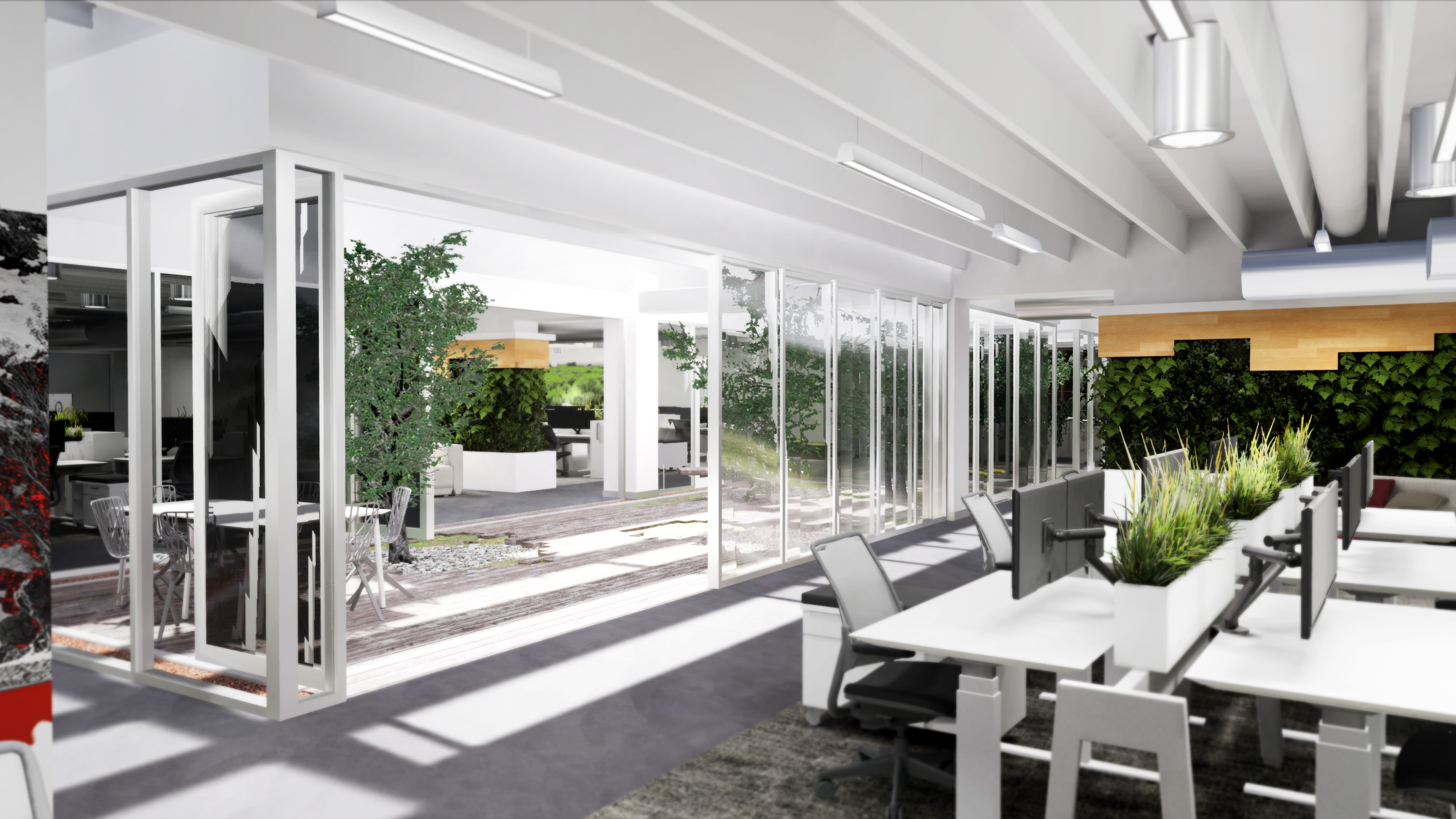
Architectural Nexus President, Kenner Kingston, was recently interviewed for the Wasatch Gazette that airs on Cumulus radio stations B98.7, KBER, KKAT, K-BULL and Power 94.9. Check out their conversation regarding the new Arch Nexus SLC building, right here.
05.20.2021
News: Kearns Library Earns LEED Gold Certification
Leadership in Energy and Environmental Design, commonly known as LEED, is an official recognition from the U.S. Green Building Council. It verifies that a project complies with the requirements prescribed within the LEED rating systems. Becoming LEED certified allows a building to
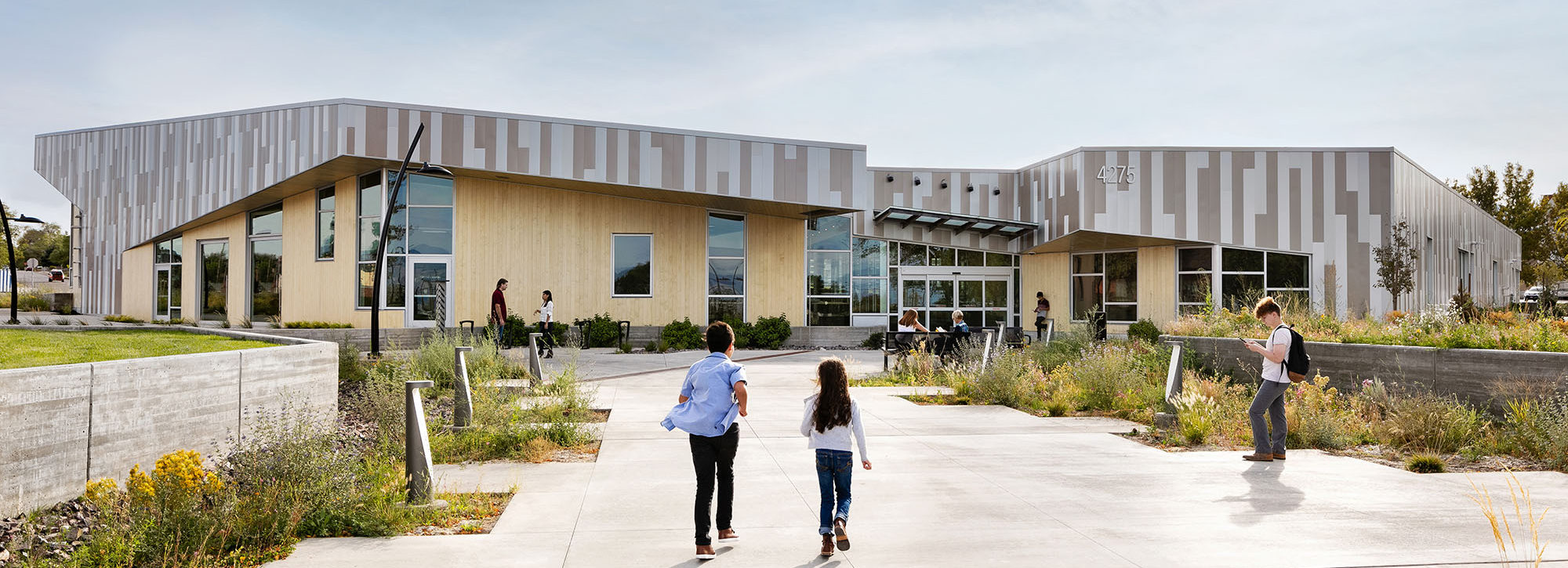
Leadership in Energy and Environmental Design, commonly known as LEED, is an official recognition from the U.S. Green Building Council. It verifies that a project complies with the requirements prescribed within the LEED rating systems. Becoming LEED certified allows a building to prove its sustainability through measurable criteria in a variety of areas.
The Nexus designed Kearns Library has achieved the status of LEED Gold Certification, meaning that it has met stringent benchmarks of quality and environmentally sustainable infrastructure. Areas where the Kearns Library design scored the highest, include:
Energy and Atmosphere. With optimal energy performance, advanced energy metering, renewable energy production and Green Power and Carbon Offsets, Energy and Atmosphere is where the Kearns Library ranks highest.
Innovation. Arch Nexus demonstrated innovation starting with social equity within the Project team. At least 40 weighted products within the design have Environmental Product Declarations provided. Additionally, the Kearns library not only meets the requirement for exemplary performance of 54%, it far exceed that measurement at 78.3%.
Regional Priority Credits. Regional Priority Credits are unique to the projects location. They address geographically specific environmental, social equity, and public health priorities. The Kearns Library scored well for its bicycle facilities, optimizing energy performance and its renewable energy production.
05.04.2021
Publicity: Kearns Library Latest Cover Feature of UC&D Magazine
We love the latest cover story of Utah Construction and Design Magazine: Community Embodied A Library Grows In Kearns. Of the 35,00 square foot facility that was completed in 2020, UC&D Editor, Taylor Larsen writes;
The Kearns Library is unlike any
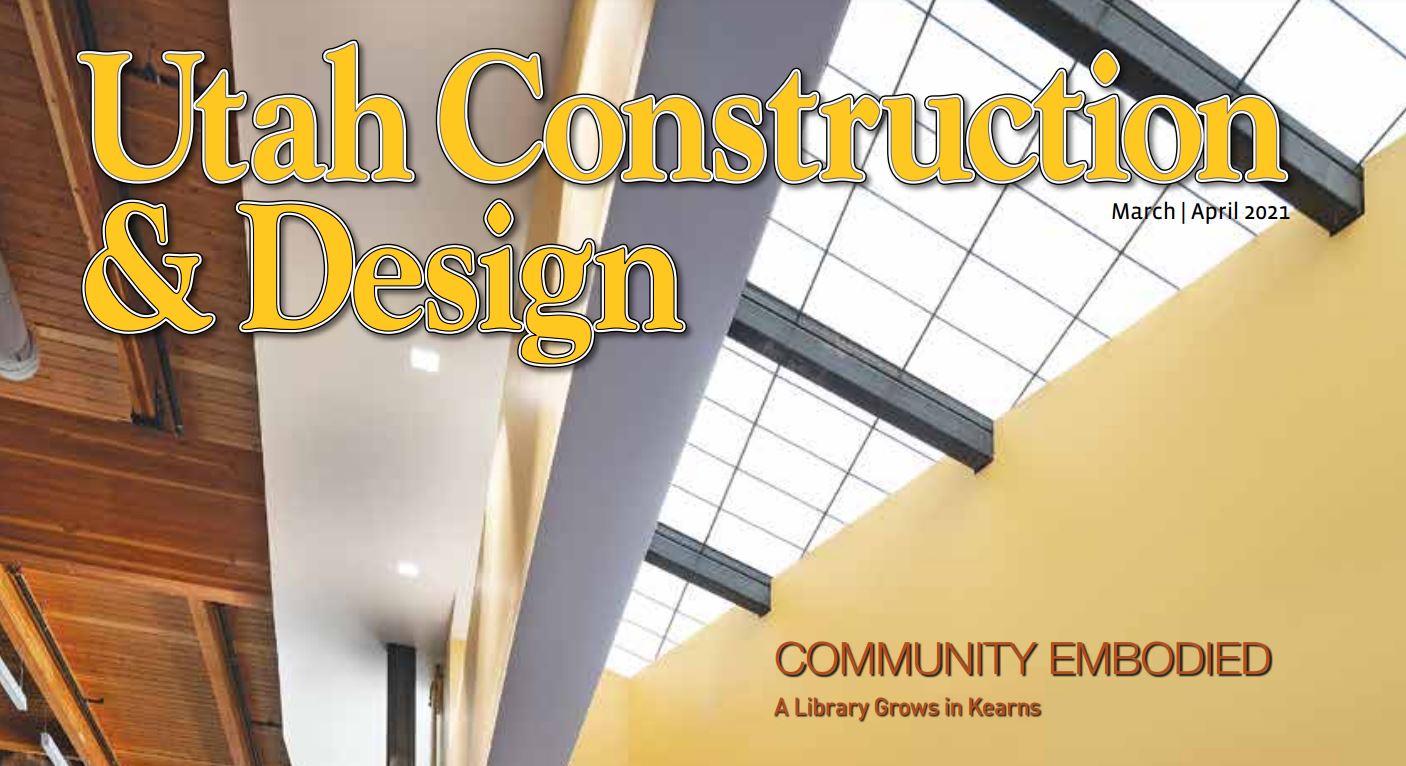
We love the latest cover story of Utah Construction and Design Magazine: Community Embodied A Library Grows In Kearns. Of the 35,00 square foot facility that was completed in 2020, UC&D Editor, Taylor Larsen writes;
The Kearns Library is unlike any library I’ve ever seen, while all at once being everything one can be and more. At every corner and description, I don’t think I’ve seen a more impressive building given what it stands for and achieves. It’s a community space, it’s a refuge, it’s a treasure trove of knowledge, and ultimately, it’s a library. Getting from a community-centric idea all began with a little bit of outreach from designers at Arch Nexus to see what Kearns and its residents would want out of their new library. The final product centers around sustainability, accessibility, and community.
Download the full issue to learn all about how architects engaged with the community, worked to preserve the past and the many ways in which the design taps into nature.
Gone are the days of the shushing librarian. In their place comes one well-versed in all of the resources this building and its programming have to offer… With a library that perfectly encapsulates the community, it’s evident: this is their space.
04.29.2021
Publicity: Kenner Kingston, Live Guest on ABC4 IN FOCUS Discussion: Innovative Architecture
Architectural Nexus President, Kenner Kingston, is slated to appear on the ABC4/CW30 program IN FOCUS, at 7PM MST, Thursday, April 29th. Innovative Architecture is the topic of this episode. Kenner will discuss the Arch Nexus SLC Living Building project, which aims to
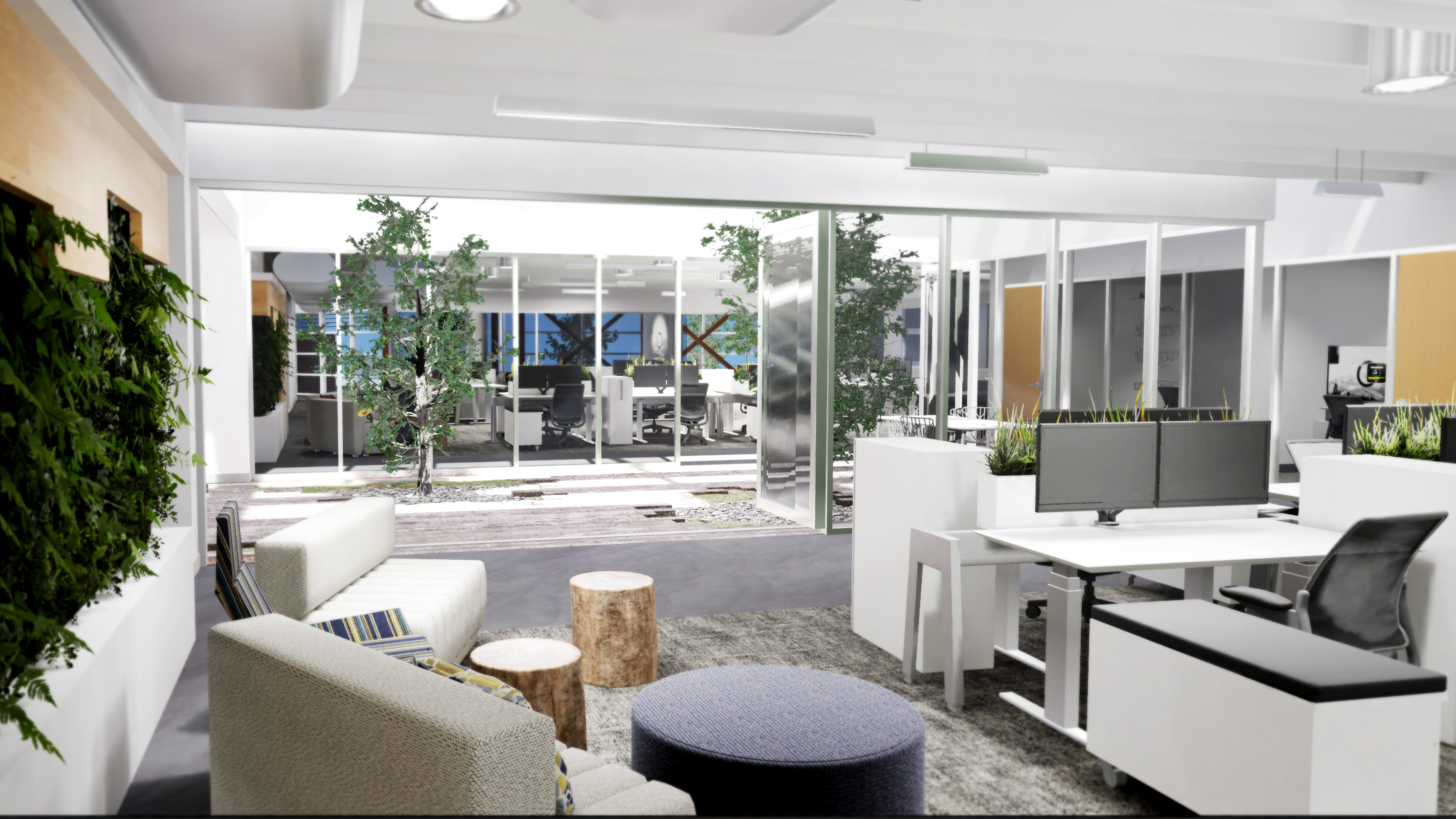
Architectural Nexus President, Kenner Kingston, is slated to appear on the ABC4/CW30 program IN FOCUS, at 7PM MST, Thursday, April 29th. Innovative Architecture is the topic of this episode. Kenner will discuss the Arch Nexus SLC Living Building project, which aims to be the first commercial living building in Utah. Check back for a link to the segment after it airs.
03.31.2021
Thought Leadership: Arch Nexus Presents to Living Future Collaborative South Africa
The concept of owning and operating a living building is going global. Inspired by Arch Nexus SAC, the Living Future Collaborative of South Africa recently hosted an online presentation that was well attended by design professionals, builders and developers from six different

The concept of owning and operating a living building is going global. Inspired by Arch Nexus SAC, the Living Future Collaborative of South Africa recently hosted an online presentation that was well attended by design professionals, builders and developers from six different African Countries.
Representatives from Architectural Nexus shared regenerative design insights from California’s first Living Building, plus insights on their approach to another project underway that is pursuing a Living Building Certification. Resilient design expert Megan Recher, and Arch Nexus SAC Building Manager Erica McBride provided a filmed tour of the Sacramento building, followed by a Q & A session.
The market for regenerative design is growing in Africa and Arch Nexus is pleased to play a part. Click HERE to see the in-depth video tour of Arch Nexus SAC that was shared in the presentation.
03.11.2021
Publicity: Erica McBride on Building Resilience Podcast
Erica McBride has been the Building Manager at Arch Nexus SAC from its opening day. She was a recent guest on the Building Resilience Podcast, Living Building Challenge episode. This installment shares Erica’s journey to her current position, introduces listeners to

Erica McBride has been the Building Manager at Arch Nexus SAC from its opening day. She was a recent guest on the Building Resilience Podcast, Living Building Challenge episode. This installment shares Erica’s journey to her current position, introduces listeners to the Living Building Challenge, discusses its history, design and the differences between LEED Certification and Living Building Challenge Certification. Erica gives insight into the unique challenges faced during the Arch Nexus SAC certification process. Regarding the occupancy of a Certified Living Building, Erica states “Another success story is our occupants. They had to learn how to engage with the building… people are the ecosystem and without people it doesn’t function.”
02.02.2021
News: Roy Innovation Center Building No. 1 Among UC&D Outstanding Projects of 2020
The Roy Innovation Center Building No. 1 has been selected as one of Utah Construction & Design’s Outstanding Projects of 2020. The $62-million, 231,254 square foot, 3-story office building located at Hill Air Force Base in northern Utah, was built on
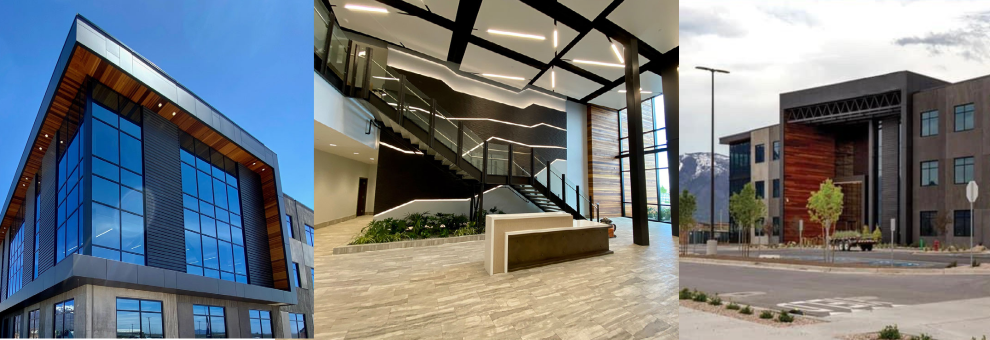
The Roy Innovation Center Building No. 1 has been selected as one of Utah Construction & Design’s Outstanding Projects of 2020. The $62-million, 231,254 square foot, 3-story office building located at Hill Air Force Base in northern Utah, was built on a compressed 10-month schedule. The Falcon Hill project team, led by Sunset Ridge Development Partners, was able to do so much in so little time by utilizing a fast track delivery process utilizing tilt-up concrete and excellent construction team. The design team, led by Architectural Nexus, designed a SCIF-secure, cost-efficient structure that is honest in expression and function while still having fantastic character and depth with its coloring, patterns, curtain wall elements, beautiful window-placement and structural steel.
Project Architect, Bryce Sorensen states, I love the combination of materials used. The multi colored concrete to create a gradient look, the cedar ship lap at the entry and soffits and the expansive glass, make it feel warm and inviting. I’m proud of our project team and our ability to achieve a very aggressive goal that left our client highly satisfied.
Adrian Collado, another architect on the team, echoed Sorensen’s sentiments: A building that is mostly a rectangular concrete shell, breaks its monotony with volumetric black metal panels that are contrasted with the warmth of the cedar planks. On a blue sky day with the mountains in the background, this high-level security building is a place you want to come and be a part of.
This project is the initial kickoff project for a multi-building campus for the internationally recognized tenant. When fully developed, the campus will include approximately 1-million square feet occupied by over 3,000 employees.

 Architects with Arch Nexus designed the new cancer hospital, and Layton Construction crews built it. It is located…
Architects with Arch Nexus designed the new cancer hospital, and Layton Construction crews built it. It is located…